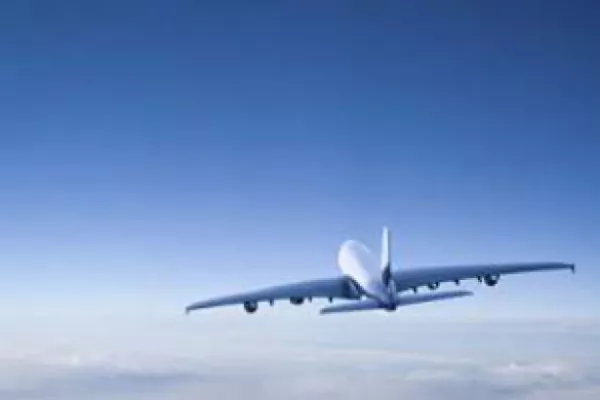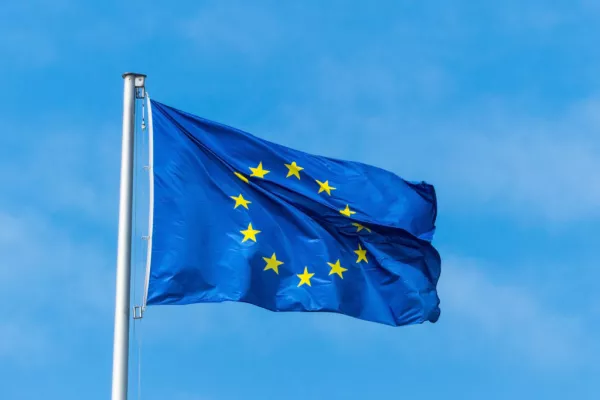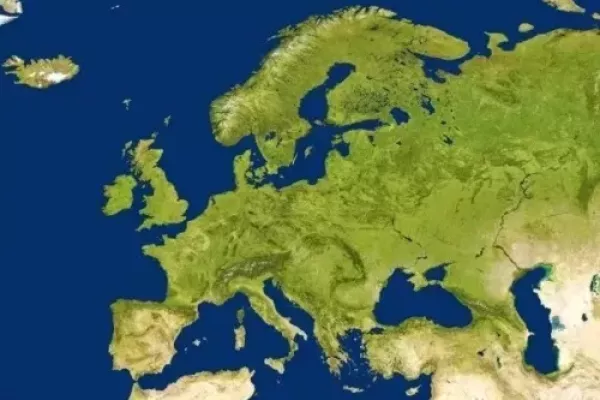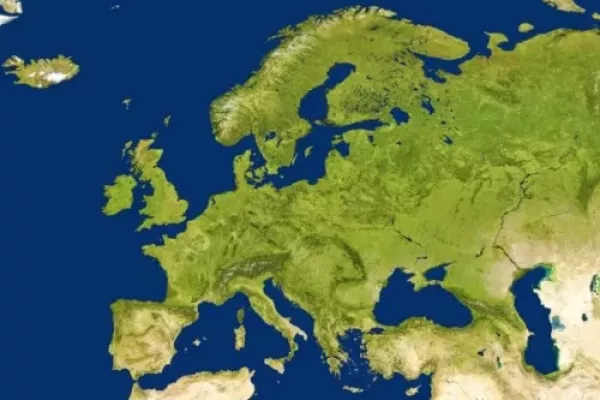With a promise to fly US passengers to Europe for as little as $65, Norwegian Air Shuttle ASA is poised to transform transatlantic travel. While terrific news for consumers, its low-cost long-haul strategy might be a little more turbulent for shareholders and lenders.
Having built Norwegian from a handful of aircraft into Europe’s third-largest budget carrier, founder and CEO Bjorn Kjos, a former fighter pilot, likes proving doubters wrong. He won a big victory in December when the U.S. approved his plan to add more long-haul routes via an Irish subsidiary.
Yet Norwegian’s breakneck debt-funded expansion -- it’s lifting seat capacity by about 30 percent this year -- is risky and there's no guarantee that its heavy long-haul spending will generate ample returns, especially if competitors fight back.
For the tale of Norwegian’s meteoric rise do read this piece by Bloomberg’s Devin Leonard .
In 2012, Norwegian placed Europe’s biggest ever passenger jet order for more than 200 narrow-body Airbus and Boeing aircraft. The $21.5 billlion list price was almost 50 times Norwegian’s market capitalization at the time. Now, as it tries to shake up the long-haul market, Norwegian also plans to almost triple its number of wide-body Boeing 787 jets by 2018.
Norwegian's capex will double this year to about $1.8 billion and analysts expect negative free cash flow until at least 2019.
True, Norwegian's new planes use less fuel, its unit costs are lower than legacy transatlantic carriers and it will use second-tier airports, so there's a fair chance it will get backsides on plane seats and drive down long-haul fares. Selling more food and drink will help.
Still, it’s questionable whether Norwegian’s returns will justify the massive outlay, at least initially. Big upfront investments, including pilot recruitment and crew training, mean long-haul profits are probably very small -- Barclays estimates a low single-digit margin .
Rivals, including International Airlines Group SA, have announced their own budget transatlantic services. A capacity glut drives down fares even further, inflicting pain on everyone, as Europe's short-haul market has shown. If travel demand slowed suddenly because of a recession, fuel prices rose or interest rates rebounded, Norwegian's stretched balance sheet might become a problem.
Its indebtedness is set to balloon over the next two years as it takes delivery of more jets. Unless it takes remedial action, the ratio of lease-adjusted net debt to earnings before interest, taxation, depreciation, amortization and aircraft rent expense could widen to about 11 times by 2018, from an already eye-watering 7 times, according to Barclays. Air France-KLM, whose balance sheet isn’t the strongest, has an adjusted net debt/ebitdar ratio of less than 3 times.
Norwegian's risks haven’t gone unnoticed. The stock has fallen by one-third since a 2015 peak and short-sellers have spied an opening: 17 percent of the shares are on loan, according to IHS Markit.
Even so, Norwegian trades on 16 times estimated earnings, a big premium to Ryanair Holdings Plc. True, Norwegian's revenues have risen faster over five years but Ryanair's unit costs are lower and its balance sheet stronger.
Norwegian has options to address its leverage, including delaying aircraft deliveries or selling some of its existing fleet. . In 2015, it agreed to lease 12 A320neo aircraft to Hong Kong-based HK Express and similar deals are expected. Norwegian has talked about spinning off the leasing operations. Still, if aircraft demand ever dried up, it wouldn't be easy to sell or lease out planes.
Its other choices look trickier. A capital increase would strengthen the balance sheet but might dilute Kjos’s stake (he controls 25 percent of the shares, notes HSBC). Nor should anyone count on Norwegian being bought. There's talk that IAG might make a good suitor, but that debt mountain isn't exactly enticing.
For now, Norwegian is throwing caution to the wind. But the air around it is getting thinner.
This column does not necessarily reflect the opinion of Bloomberg LP and its owners.
News by Bloomberg, edited by Hospitality Ireland









